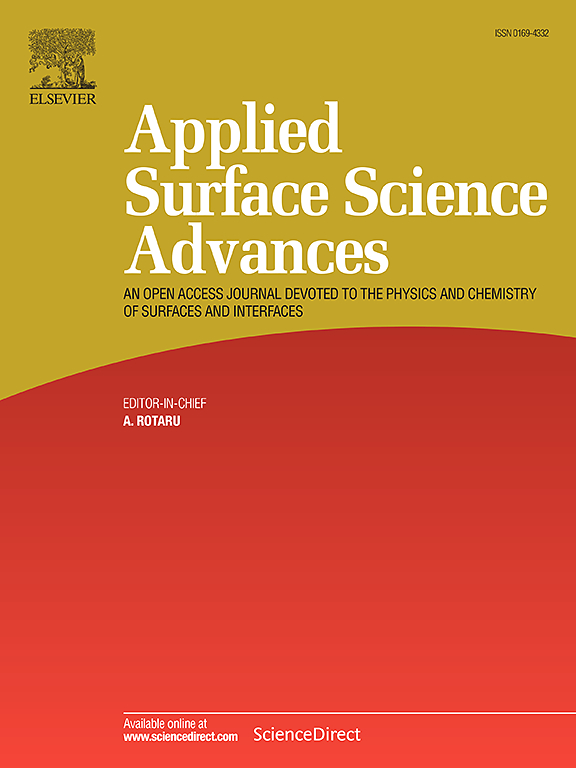Etching titanium with 70 % H2SO4: Effects on morphology, composition, and corrosion resistance of anodic films
IF 8.7
Q1 CHEMISTRY, PHYSICAL
引用次数: 0
Abstract
Efficient surface preparation is crucial for enhancing the corrosion resistance of titanium before anodizing. This study explores the use of concentrated sulfuric acid (70 % H₂SO₄) for titanium surface preparation under various temperatures (20 °C and 50 °C) and immersion times (15 and 30 min). Surface modifications in morphology and composition are analyzed using SEM, GDOES, XRD, and XPS techniques. Mild etching conditions (low temperatures and short durations) have been proven to be insufficient for removing surface contaminants, such as titanium carbide. On the contrary, harsher conditions (extended immersion times or/and higher temperatures) effectively eliminate impurities but result in hydrogenation of the titanium surface. In this case, a titanium hydride layer (TiH2) appears on the surface, modifying its morphology and roughness. On this occasion, the combination of XRD and GDOES techniques proves to be effective in revealing the presence of hydrides. Moreover, hydrogenation significantly increases with immersion time and temperature. Eventually, the impact of etching conditions on anodic film corrosion properties is also evaluated by EIS measurements. The study highlights that performances of anodic films are strongly influenced by the etching parameters. Indeed, titanium hydride layers can adversely affect corrosion resistance of anodic films. Therefore, to ensure optimal results, etching conditions must strike a balance between thorough cleaning and minimizing hydrogenation, thereby preserving the corrosion resistance of anodic films.
用70% H2SO4蚀刻钛:对阳极膜形貌、组成及耐蚀性的影响
在阳极氧化前,高效的表面处理是提高钛的耐蚀性的关键。本研究探索了在不同温度(20°C和50°C)和浸泡时间(15和30 min)下,使用浓硫酸(70% H₂SO₄)对钛进行表面制备。利用SEM, GDOES, XRD和XPS技术分析了表面形貌和成分的变化。温和的蚀刻条件(低温和短持续时间)已被证明不足以去除表面污染物,如碳化钛。相反,更恶劣的条件(延长浸泡时间或/和更高的温度)可以有效地消除杂质,但会导致钛表面氢化。在这种情况下,表面出现了一层氢化钛(TiH2),改变了其形貌和粗糙度。在这种情况下,XRD和GDOES技术的结合被证明是有效的揭示氢化物的存在。随着浸泡时间的延长和浸泡温度的升高,氢化反应显著增加。最后,蚀刻条件对阳极膜腐蚀性能的影响也通过EIS测量进行了评估。研究表明,腐蚀参数对阳极膜的性能有很大影响。事实上,氢化钛层会对阳极膜的耐腐蚀性产生不利影响。因此,为了确保最佳结果,蚀刻条件必须在彻底清洁和最小化氢化之间取得平衡,从而保持阳极膜的耐腐蚀性。
本文章由计算机程序翻译,如有差异,请以英文原文为准。
求助全文
约1分钟内获得全文
求助全文

 求助内容:
求助内容: 应助结果提醒方式:
应助结果提醒方式:


